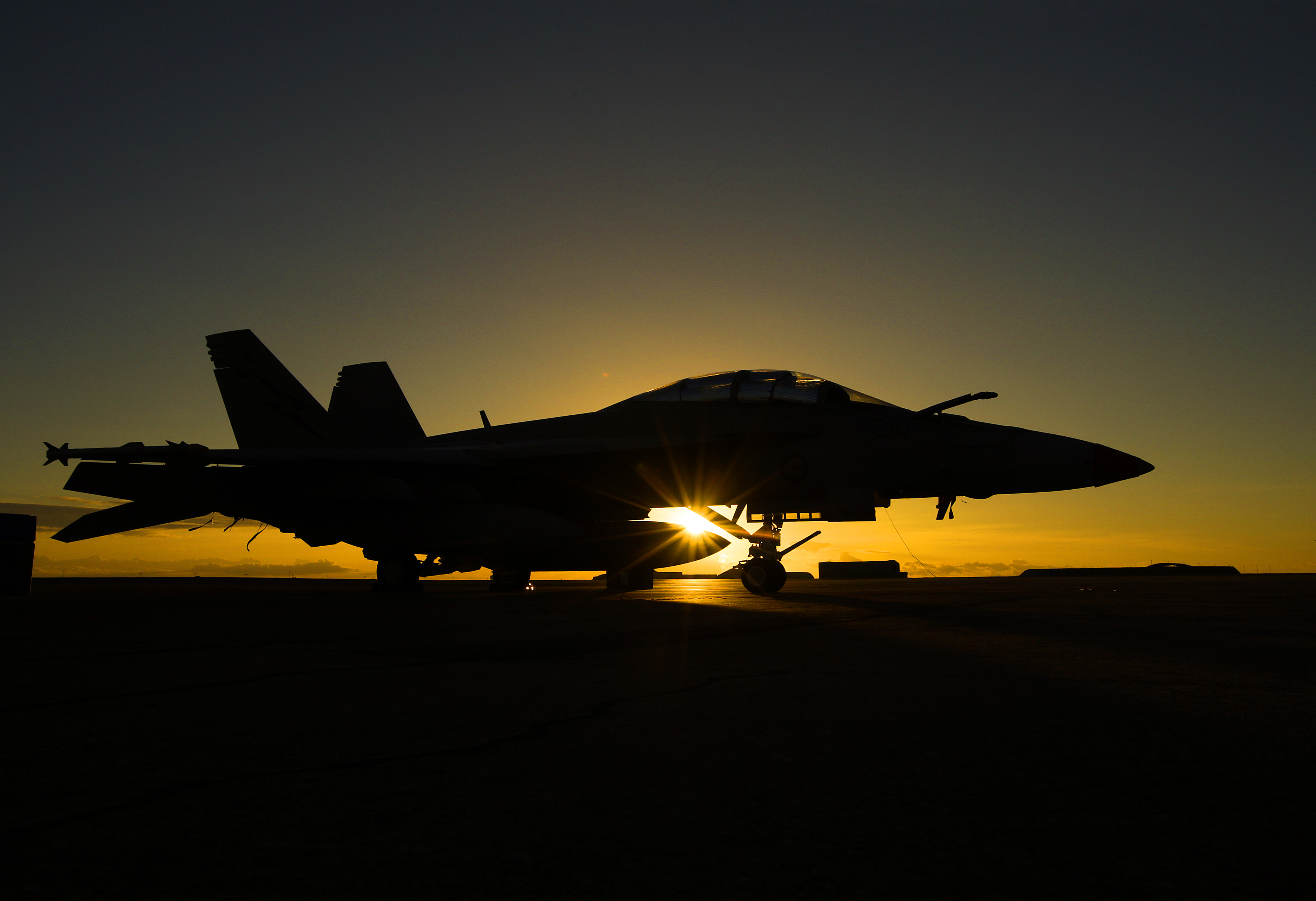Andrew Davies’s recent post about long project timelines highlights issues that everyone accepts but rarely factors into the planning and management of the future force structure; modern projects take an unconscionably long time to actually get anywhere. The new submarine is an example: first announced seriously in the 2009 White Paper, it now seems that the first new boat might enter service around 2030 or so. Such lengthy gestation periods hold not just for Australian-built systems. Retired USMC General ‘Hoss’ Cartwright recently recalled being involved in writing the JSF requirement back in 1979 but the aircraft won’t be in operational service with the Corps until December 2015, and even then only in a limited capability form.
But so what? At the tactical level it means that the warfighters only get their hands on truly modern equipment every few decades when some new major platform enters service. At a strategic level this makes the technological capabilities of your force somewhat easier to predict and counter. Thinking adversaries could plan the timing and the nature of a future conflict to favour their equipment cycle but be at a really bad time for yours. Moreover, with commercial technology rapidly advancing, long-lead times might inadvertently cede advantages to non-state actor adversaries, who are able to quickly access contemporary civilian technologies that our state-sponsored defence force with its long-lead times can’t.
Just as worryingly, in the 20 or so years between requirement setting and entry into service, the world may have changed dramatically. The strategic rationale might have vanished, the money for such a system might no longer be available or some disruptive technology might have arrived. It’s ironic that defence forces that sell themselves as insurance against an uncertain future then try to plan their force structure on the reverse basis.
But what to do? There are two approaches. The easy way is to say we’ll accept the risk, assume the future is knowable and reassure ourselves that we won’t need this capability for the next 10–20 years so the lengthy timelines are OK. This doesn’t address the risks, or even limit the damage that could be caused if the risks eventuate, but simply acknowledges downside worries exist. The risks are carried by the nation as a whole and by the warfighter. This was the approach implicitly taken with the debate over the need for an interim strike aircraft between the F-111 phase-out and the arrival of the JSF fleet. Air Force thought the long timelines and associated risks acceptable but the Howard Government after some careful thinking begged to differ.
The harder approach is to consider acquisition strategies other than the big-bang approach that might limit the impact of long project timelines. There are a few options. Firstly, go for an evolutionary rather than revolutionary approach and achieve faster project timelines that way. The Super Hornet is an example, being developed from the existing ‘Classic’ Hornet and being delivered as an operational aircraft much faster than the concurrent JSF program—with some further gains by coming in under-budget. The counter-argument is that JSF will be more advanced when fielded, but the Super Hornet will have been in service for well over a decade by then. If you needed to fight a war, or deter a conflict, in that decade then having a good jet might be better then waiting for a better jet.
Secondly, the ANZAC frigate program suggests another alternative. The ships were delivered to a much derided ‘fitted for but not with’ standard. Since then they’ve received a whole series of electronic and weapon system upgrades to improve their combat capabilities. The easier bit—the steel for the hulls—happened sooner rather than later. The harder bits—the advanced electronic and weapon systems and their integration—happened later. The alternative was to do both at once but, by introducing much greater project complexity, would have led to both longer timelines for delivery and much greater risks. There are many jobs surface combatants can do without high-end systems, and having less-capable ships in service was better than none.
Thirdly, in a reverse of the ANZAC program alternative, new platforms can be built that use existing electronic and weapon systems. This approach takes what’s proven and in service today and migrates it forwards to carriage by new platforms. The new Growler electronic attack aircraft entered service in 2008 with the well proven but 40-year-old, rather draggy, ALQ-99 jammer pod and the venerable but in service HARM missile. The HARMs are being replaced now by a much more modern missile in the form of the Alliant Techsystems (ATK) AARGM. At the end of this decade the jammer pod is expected to also be replaced however, sometimes (read ‘almost always’) such complex, state-of-the-art electronic systems suffer delays. Undoubtedly a much better electronic attack aircraft could have been developed from the ground-up, but such a capability is needed now not just ‘sometime next decade’.
With lengthy project timelines in mind, which of these acquisition strategies would be potentially useful for us, given that Australia only occasionally develops platforms and instead generally buys other peoples? This is a matter of some real interest as the new submarine project—our space shuttle moment—remorselessly cranks up concurrently with the modernisation of many other ADF elements. The answer might be a prudent combination of both revolutionary ‘big-bang’ projects and evolutionary, short ‘flash-to-bang’ projects—a possibility we’ll look at in my next post.
Peter Layton is undertaking a research PhD in grand strategy at UNSW, and has been an associate professor of national security strategy at the US National Defense University. Image courtesy of Department of Defence.


